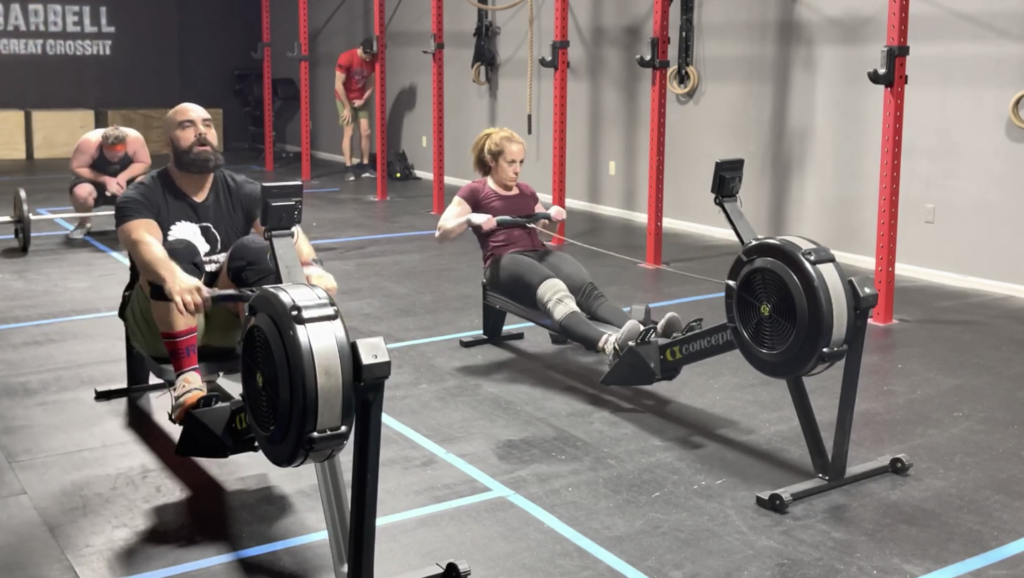Dear members,
Did you ever wonder where the workouts we program for classes come from? Certainly not random. We, coaches, sit down and go through the class programming of the week in detail every week, so that we can ensure that we touch on as many aspects of fitness as possible.
The crossfit methodology lists these in 10 components: cardio-respiratory endurance, stamina, strength, flexibility, power, speed, coordination, accuracy, agility, balance. You may be surprised that only one of these is directly associated with a “sweaty session”. It is the mistake that the majority of us make. Sweating and burning calories alone won’t get you to carry your children (and later grand-children). It won’t get you to catch that glass that is falling off the table, or lift the heavy storage boxes up onto the high shelves.
So, how do coaches design and select workouts that are diverse, yet efficient and suitable for a class environment?
For us coaches at Jersey City Barbell and Let Me Be Great Crossfit, we test them first before we think about putting them into the class programming. A week prior, during our 5 weekly training days, we go through several types of workouts: intervals, pure strength, endurance, gymnastics, olympic lifting, sprints, etc. We also do a lot of skills sessions before, during, or after our main workouts to make sure that we don’t neglect any weakness or imbalance: endless handstand push-ups variations, handstand walks, toes-to-bars, pullups, overhead work… Must sound familiar now, eh?
So when we sit down to design the weekly crossfit programming, we know how the workouts feel and understand their intended stimulus. We select and adjust them to preserve both the sensation and stimulus(i), while making sure it can be done safely and within the logistical constraints of a class environment.The scaling options for your workouts are listed with purpose. For example, if a workout with double-unders is intended to get your heart rate up and down quickly, we will put jumps over an object because single-unders won’t have the same effect on heart rate. If however the intent is to target the shoulders and grip, we will sub the double-unders with single-unders so you keep holding onto the rope. Similarly, if a workout is intended to create a lactic burn, we will advise a certain weight or scaling option that is going to trigger just the same.
As we attempted the workouts and analyzed them, we have an understanding of how they are intended to make us feel, both during, as well as the following days. Scaling isn’t just for beginners. We also have to scale workouts every so often. Lowering the barbell weight, or reducing the volume, we do it when needed.
Just like we recommend it to you, we take 2 full days off in the week, to give time to our body to recover, and to get extra sleep when we can.
So continue to listen to the coaches’ recommendations on scaling and adjusting a workout, as well as comments about how the WOD is going to feel. And please continue to reward us with many new PRs and reaching milestones, like a lot of you did recently with your first toes to bar, pullups or good looking lifts!
Here is us struggling on something coming your way…

